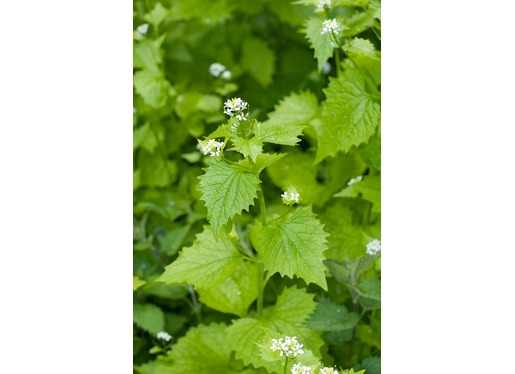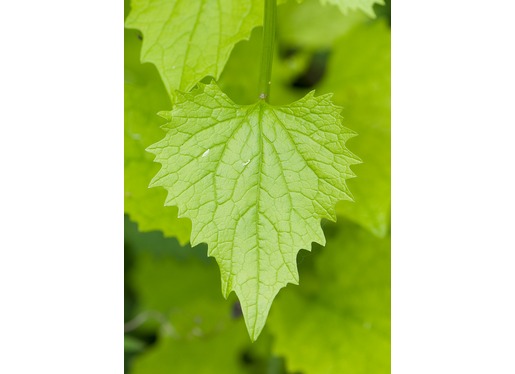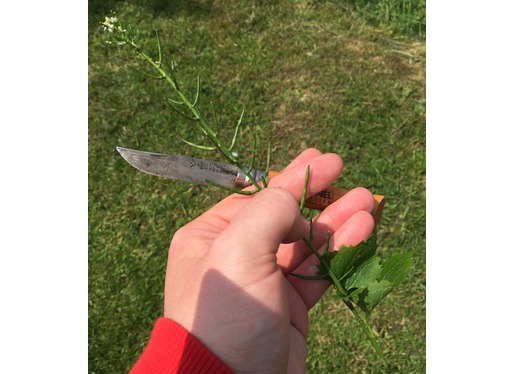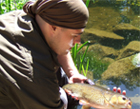
Jack By The Hedge (Alliaria petiolata) - Foraging
As a bushcraft instructor I’m frequently asked to name ‘this and that’ when running a bushcraft course or even whilst taking a gentle stroll through the countryside with friends – there’s just always something growing amongst the hedgerows that piques the interest of passers-by. One such plant, and possibly the one that I’m asked most often about is a commonly found plant that goes by the name of Jack by the hedge (Alliaria petiolate) amongst others too.
During the spring, and early summer months, you’ll notice swathes of Jack by the hedge (also known as hedge garlic or garlic mustard) covering most hedgerows, woodland edges and footpaths in pretty much all parts of Great Britain, although it becomes slightly less common in the extreme north.
Although one of its common names (Hedge Garlic) suggests that it is a type of garlic, it is in fact a member of the Cruciferae family which contains familiar species such as cress and cabbages. Even the common name of Jack by the hedge comes from its ‘garlic-like’ aroma when the leaves are crushed – for it was said that the devils breathe smelt of garlic and ‘Jack’ is just another old English name for the devil.

The vibrant, bright green leaves start life as small kidney shapes, which are often visible deep within the cold month of December. The leaves gradually become larger, and once the plant grows taller they change shape, and become much pointier.

The small white flowers begin to appear once the weather warms, and can usually be seen during April and May (sometimes earlier), and at the same time small seeds pods begin to form.
Culinary uses for Jack by the Hedge

I’m using my trust Opinel No.6 here to remove a small section of the plant. By lightly crushing one of the leaves between your fingers you’ll be able to detect a light garlic-like aroma. These leaves once washed may be added as tasty sandwich filler with other fillings, such as cheese. The leaves may also be chopped finely and added with salt, lemon and olive oil to create a delicate and refreshing springtime salad dressing.
Of course, as with any foraging, it is vital to identify wild plants, mushrooms and nuts/berries with absolute certainty before eating them!
Whilst foraging for Jack by the hedge you may be lucky enough to spot the orange-tip butterfly nearby as this fascinating wild green is an important food source for them.


COMMENTS
LEAVE YOUR OWN COMMENT